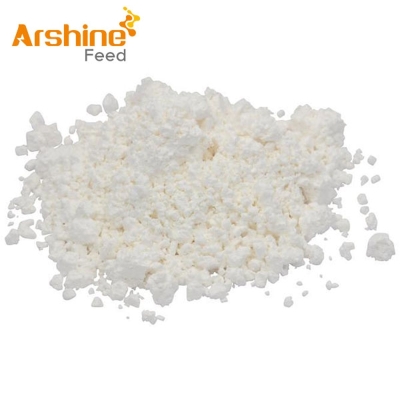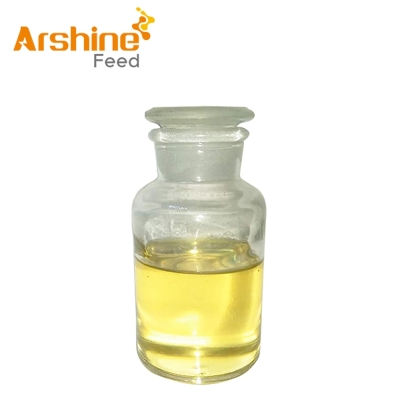Prevention and treatment of respiratory diseases in pig farms
-
Last Update: 2008-11-03
-
Source: Internet
-
Author: User
Search more information of high quality chemicals, good prices and reliable suppliers, visit
www.echemi.com
Introduction: in recent years, respiratory diseases have become one of the most common and harmful diseases in pig farms The main symptoms of the disease are fever, cough, dyspnea, slow growth or stagnation The incidence rate is usually 30% - 70%, and the mortality rate is 15% - 20%, which causes serious economic losses to the pig farm This disease was first found in North America in 1997 It is called PRDC It is the most important disease that affects pig industry Research shows that PRDC is a mixed infection caused by one or more bacteria, viruses, environmental stress and other factors 1 Primary pathogen Mycoplasma hyopneumoniae (MH), PRRSV, PRV, SIV, PRCV, app, PCV2 2 Secondary pathogens Pasteurella multocida (PM), Streptococcus suis (SS), Haemophilus suis (HP), Bordetella bronchiseptica (BB) Mycoplasma hyopneumoniae is the main cause of respiratory diseases It destroys the defense barrier of the respiratory tract and makes other pathogens easily enter the respiratory tract and lungs, resulting in secondary mixed infection In particular, MH and PRRSV can change the response ability of respiratory immune system, reduce the mucosal immune resistance of pigs, and increase the susceptibility of PRDC 4 environmental factors The doors and windows of the livestock house are closed too tightly and the ventilation is poor, which results in the increase of ammonia in the house, the high feeding density, the high humidity, the poor sanitary condition, and the stimulation of the feed powder to the respiratory tract II Comprehensive prevention and control measures a) do a good job in daily management 1 Adhere to the principle of self breeding and self feeding to prevent the company from purchasing recessive infected pigs 2 Strictly implement the system of all in and all out, and avoid mixing pigs from different sources 3 Control the microclimate environment in the pigsty, strengthen the ventilation and convection, improve the air quality in the pigsty, appropriately reduce the breeding density of the pigsty, control the humidity in the pigsty, and the temperature difference in the morning and evening should not be too large 4 Strengthen the feeding management, improve the resistance of pigs, and feed good full price ration 5 Do a good job in environmental sanitation and disinfection B) vaccination For some primary pathogens, especially viruses, try to use immune methods to control On the one hand, it can prevent infection, on the other hand, it can maintain long-term protection, such as PRRSV, Mycoplasma hyopneumoniae, PRV, etc C) drug control 1 Sow production: one of the following schemes can be adopted one week before sow delivery Add: (1) tylosin phosphate 100ppm + chlortetracycline 300ppm (2) tylosin 100ppm + doxycycline 100ppm (or chlortetracycline 300ppm) (3) temicoxin 60-100ppm + chlortetracycline 200ppm (or terramycin 100ppm or doxycycline 100ppm) (4) 120ppm + chlortetracycline 300ppm (5) 100 ppm tylosin + 300 ppm chlortetracycline (or 100 ppm doxycycline) + 200 ppm amoxicillin (or 80 ppm sulfomethane) 2 piglets: drugs can be added to the feed of piglets one week before and after weaning The drug dosage is the same as above, and can be adjusted properly according to the actual situation 3 Fattening pigs: once a week, 1-2 weeks at a time The method of administration is the same as above The dosage can be adjusted according to the situation 4 Back up sows: one week a month, directly fed to the breeding The method of administration is the same as above The dosage can be adjusted according to the actual situation Treatment of infected pigs Tylosin: 10mg / kg body weight intramuscular injection twice a day for 5 days 2 timicosin: 10mg / kg body weight intramuscular injection once a day for 5 days Tylosin: 15 mg / kg body weight intramuscular injection once a day for 5 days Ceftiofur: intramuscular injection of 3-5mg / kg body weight once a day for 3 days Five times micosin 100-200g + 200g aureomycin (or doxycycline, oxytetracycline) / ton feed, feeding for 7 days Or add 100kg water to 10-20g of micosin for 7 days Add 200g tylosin and 600g oxytetracycline to 6 tons of feed, add 200ppm to 7 tons of feed for 5 consecutive days, and add 400ppm tylosin and aureomycin and 200ppm amoxicillin to 5-7 consecutive days
This article is an English version of an article which is originally in the Chinese language on echemi.com and is provided for information purposes only.
This website makes no representation or warranty of any kind, either expressed or implied, as to the accuracy, completeness ownership or reliability of
the article or any translations thereof. If you have any concerns or complaints relating to the article, please send an email, providing a detailed
description of the concern or complaint, to
service@echemi.com. A staff member will contact you within 5 working days. Once verified, infringing content
will be removed immediately.







